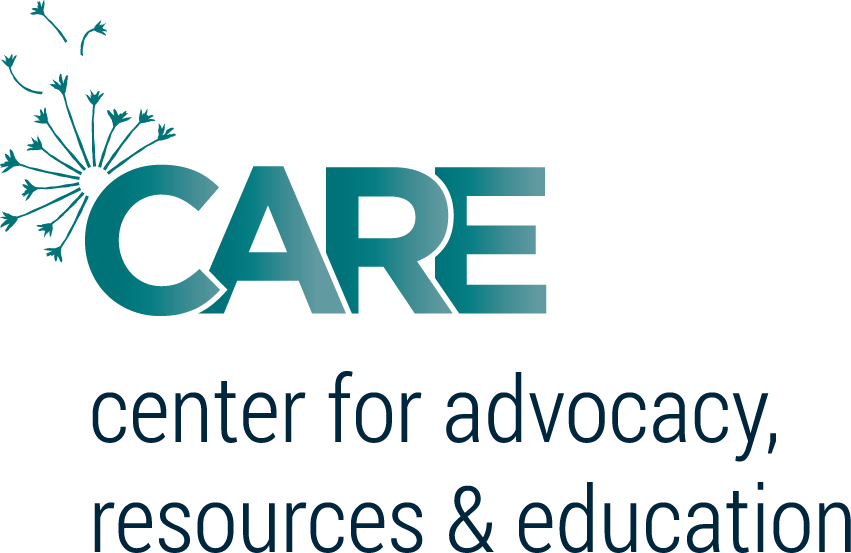There are many ways to get involved, support survivors, and take action to prevent violence and harassment. Awareness months hold important history and offer dedicated space to bringing attention to critical issues like sexual assault, intimate partner violence, stalking, human trafficking, and more; however, staying involved throughout the year is how we dismantle the norms and systems that allow violence to persist.
Getting involved may look like:
Believing and supporting survivors of violence and harassment
Speaking out about oppressive systems that contribute to a culture that allows sexual violence and harassment to persist
Learning about and sharing information about confidential resources and organizations that work to prevent violence and harassment
Intervening in situations when we hear or see harmful behavior or language
Donating our time or money to organizations that advocate for and support survivors
Attending awareness and prevention programs - workshops, training, and other outreach events
Scheduling a workshop or training for your department or group
A calendar of events hosted by CARE can be found on our Events page.
Awareness and Prevention Months
Stalking Awareness - January
Stalking Awareness and Prevention Month is January. Started in 2004 by the National Center for Victims of Crime, the aim was to increase the public’s understanding of the crime of stalking. National Stalking Awareness Month (NSAM) serves as an annual call to action to raise awareness about the harmful impact of stalking on survivors and the larger community. It is also an important opportunity to center the voices of survivors and strengthen our collective commitment to improve prevention efforts and increase access to safety, justice, and healing for survivors of stalking.
To learn more about stalking, visit the Definitions page.
Dating Violence Awareness - February
In 2005, the importance of addressing teen dating violence was highlighted in the reauthorization of the Violence Against Women Act (VAWA). The following year, Congress followed the lead of dozens of national, state and local organizations in sounding the call to end dating abuse. Both Chambers declared the first full week in February “National Teen Dating Violence Prevention and Awareness Week (TDVAM)” Then in 2010, they began dedicating the entire month of February to teen dating violence awareness and prevention.
The intention of TDVAM is to bring advocates for awareness and prevention together from across the nation to bring attention to the issue of teen dating violence. By naming the violence that happens in teen dating relationships we can recognize it as harmful and begin the path to creating resources for survivors.
To learn more about dating violence, visit the Definitions page.
Sexual Assault Awareness - April
During the 1980s, on the heels of the sexual violence awareness movement that began in the 1970s, the National Coalition Against Sexual Assault (NCASA) brought national agencies together to determine the dates for a National Sexual Assault Awareness Week. Over time, this week turned into a month and in April 2001, the first national Sexual Assault Awareness Month (SAAM) was recognized. SAAM is a campaign meant to give institutions, agencies, communities, and individuals a chance to raise awareness, empower and support sexual assault survivors, and collaborate on prevention efforts.
To learn more about sexual assault, visit the Definitions page.
Domestic Violence - October
Domestic Violence Awareness Month (DVAM) evolved from the “Day of Unity” in October of 1981. Originally created by the National Coalition Against Domestic Violence with the goal of bringing advocates for awareness and prevention together from across the nation to address the issue of domestic violence.
In October of 1987, the first Domestic Violence Awareness Month was observed, followed shortly by the congressional designation of October as the National Domestic Violence Awareness Month in 1989.
Intimate partner violence (IPV) and domestic violence are often used interchangeably, referring to the patterns of abusive behaviors based on power and control within an intimate relationship. To learn more about domestic violence and intimate partner violence, visit the Definitions page.
